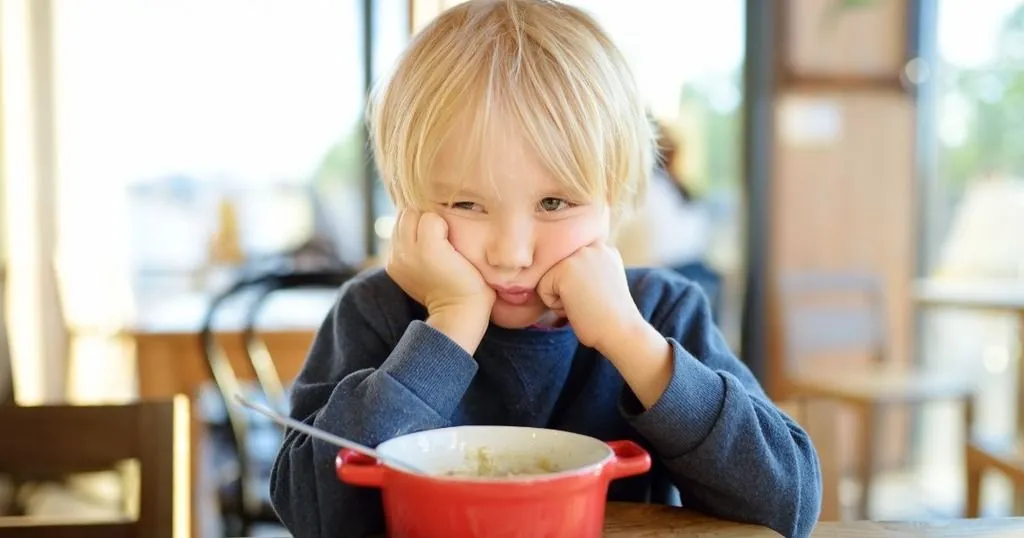Blog posts tagged with parent-child interaction

25 Nov
human behavior research
Healthcare
Reducing eating pace: a behavioral intervention for childhood obesity
Studies on eating behavior play an important role in preventing childhood obesity. Faith and his team examined the effectiveness of a family-based behavioral intervention to reduce eating pace.

16 Sep
human behavior research
Psychology
Exploring the early development of referential gestural communication
Understanding the importance of pointing gestures can provide valuable insights into children's developmental progress and support their overall growth and learning.

03 Apr
human behavior research
Psychology
Language development and joint engagement in children with Down syndrome
In children with Down syndrome, delays in speech and language skills are common, while early social skills are relatively strong. How are these developmental milestones related?

21 Feb
human behavior research
Research Methods (Human)
Using Baby FaceReader for automated analysis of infant emotions
What if you had a way to understand a baby's unspoken needs? Analyzing facial expressions in infants helps researchers and caregivers understand more about the early development of emotions and social interactions.

19 Sep
human behavior research
Psychology
Let's work together: mother-adolescent interactions in fragile X syndrome
All parents want their children to comply with their requests - for at least some of the time! What's the best way to request something when you have an adolescent boy with fragile X syndrome?

10 Jul
human behavior research
Psychology
How maternal responses support child language development in adversity
Studies show that mothers’ responses to their children is crucial for their language development. How does this work for families facing adversity? Researchers Boulton, Levickis, and Eadle aimed to find out.

07 Jun
human behavior research
Psychology
Examining parent-adolescent interactions during a career discussion
As an adolescent you have no idea what awaits you in working life, what you are capable of. Looking for answers to these questions is part of the vocational development, in which parents play a crucial role.

02 Feb
human behavior research
Psychology
How to deal with noncompliant toddlers
We’ve all been there: getting a toddler to do what you want is a real challenge. What should you do in this situation? Researcher Larzelere and his team studied how behavioral modeling and collaborating can help.

07 Nov
human behavior research
Psychology
The New Jersey Families Study: unlocking the black box
Families are children's first teachers and home is their first school. Often we wonder or guess how such teaching is going. The NJFS, performed by the University of Princeton, offers insights.

13 Sep
human behavior research
Psychology
Using observational research to capture parent-child interaction
Researchers examined whether a combination of child and parental factors, such as the child's emotional temperament and parents' controlling feeding practices, influence food fussiness.